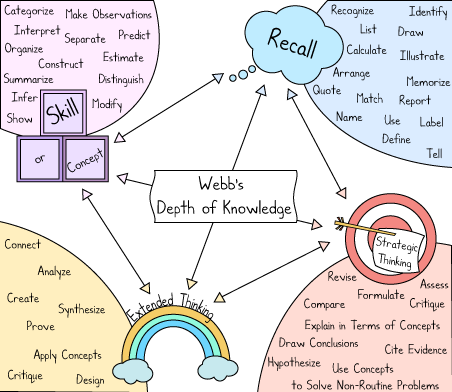Curiosity is one of my core values, and I believe it drives us as humans. As such, I believe that curiosity is the catalyst for all learning.
Every discovery we make comes as a result of the act of questioning.
I am also a firm believer that life is an ongoing journey.
As our goals and desires change, so too does our path through life. Because of the non-linear nature of this journey, we have to remain open to learning new things on a continuous basis. My personal educational philosophy is that the learning happens in the journey. All too often, in my experience in and outside of the classroom, people expect the learning to be or to have an end point. However, I have found that the process of learning rarely has a final destination.
People learn in a variety of ways, whether it’s solitary, as in reading a book or listening to a podcast, or collaborative, such as in a group training session. Rarely does one type of teaching reach one type of learner across the board. It takes a combination of methods to really have a lesson sink in.
As seen with Webb’s Depth of Knowledge tool, a learner has to be able to transition through the ability to not only recall information, but to be able to fully apply concepts and create content based on that information recall in order to truly show absorption of information.
This process is hardly ever linear, but instead it is asynchronous and ever changing– just like a journey itself.

Since people learn in a multitude of ways, educators and instructional designers are assigned a difficult task in today’s fluid world, especially given the unique circumstances of life among the challenge of Covid-19. How can one implement several methods of learning when we are limited in how we can gather and interact with each other?
It’s up to educators and instructional designers to remain learners themselves.
When I was a classroom teacher, I maintained that I felt like I learned more each year from my students than I taught them. Thankfully my administration always seemed to think I was teaching the students something.
I think my belief that I learned more than I taught truly speaks to my idea of what educators and instructional designers should do to facilitate learning: never stop learning. Learn about your audience and their needs, and how they learn best. Learn about the values of those you are teaching, and how to align your lessons with those values. Be open to the fact that there’s rarely one answer to each problem, because quite often, even the problem is not static. Simply put, being a flexible and creative problem solver is crucial when assisting others in learning.
